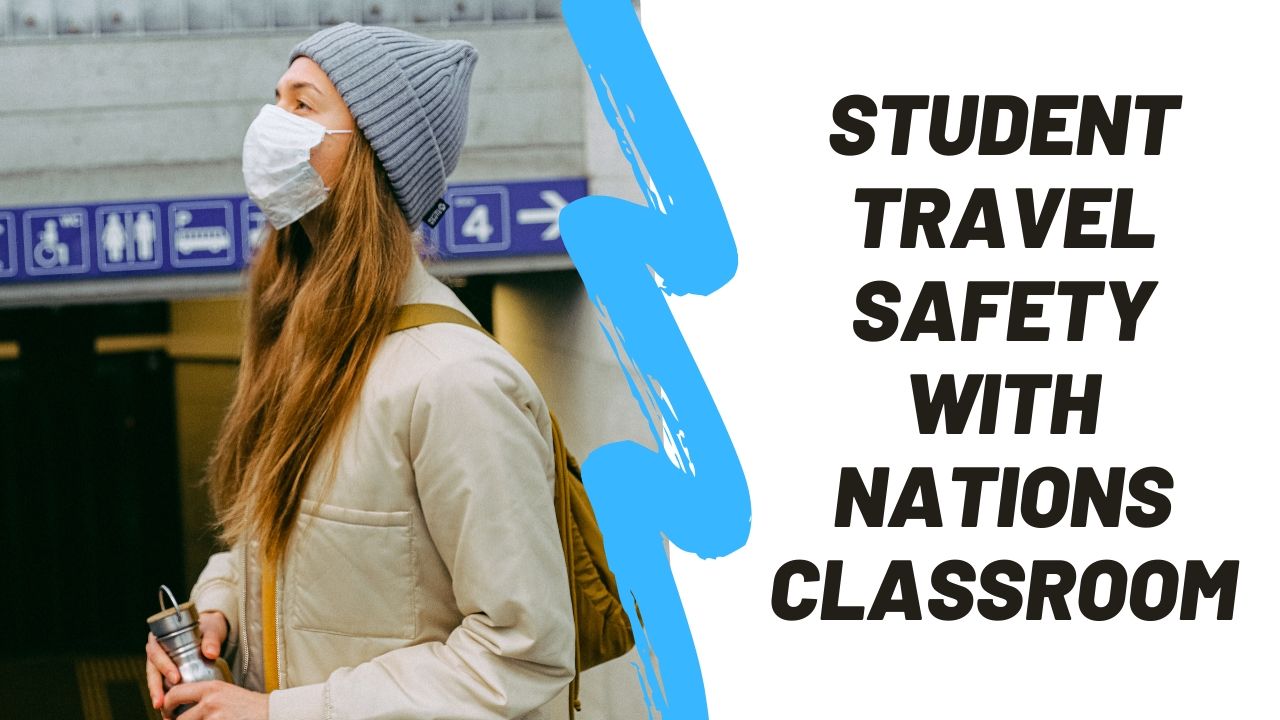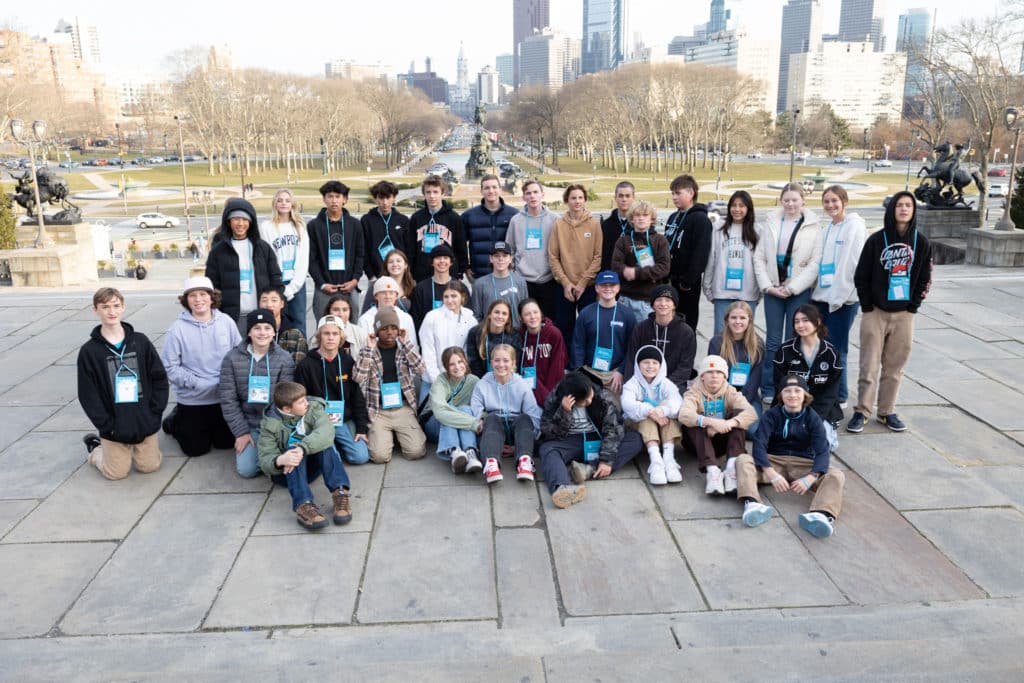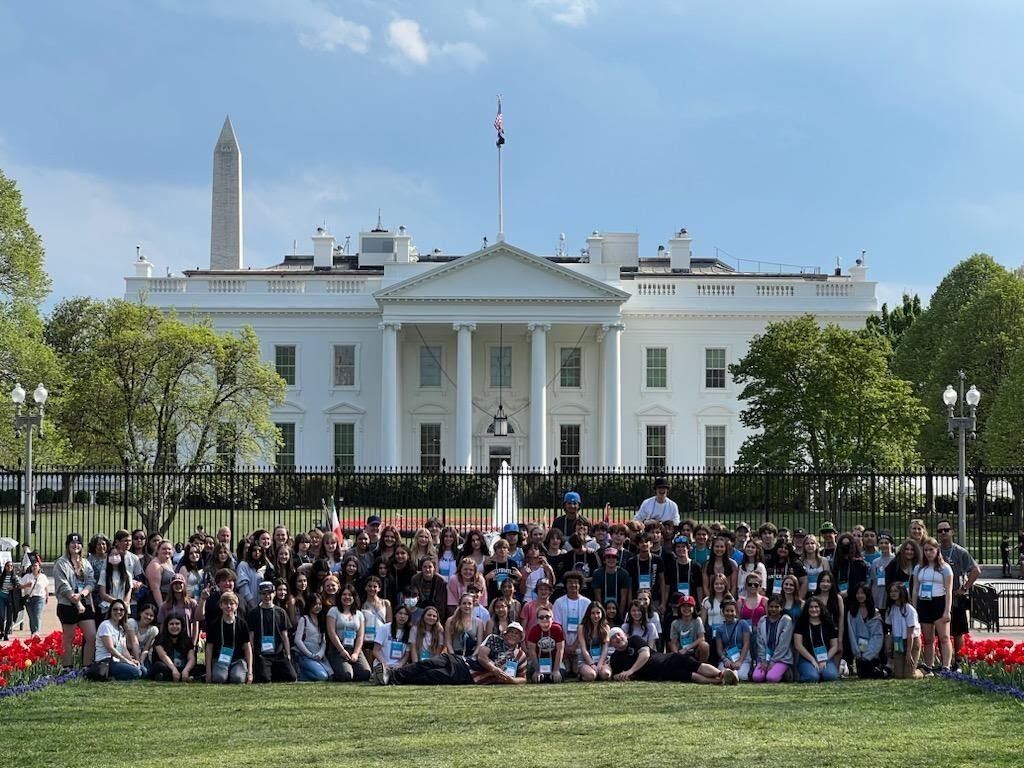Tour Safety and Best Practices with Erika King, Student Travel Expert


We’ve been asking ourselves the same question. Over the past few weeks we’ve been researching and talking with student travel industry experts to get their take on the situation. We’re covering all aspects of student travel: motor coach travel, airline travel, and general best-practices.
In this interview, Erika King shares some best practices for touring safely with your student group.
Erika King is a Student Travel Expert and our Tour Guide Manager. With almost 20 years of student travel experience, Erika has spent most of her time in cities like New York City, Philadelphia, and Washington, D.C. We’re incredibly thankful to have her as part of the team.
{% video_player “embed_player” overrideable=False, type=’scriptV4′, hide_playlist=True, viral_sharing=False, embed_button=False, autoplay=False, hidden_controls=False, loop=False, muted=False, width=’1920′, height=’1080′, player_id=’30024436359′, style=” %}
If you prefer your videos on short form, feel free to visit out Facebook page.
Question One: What steps is NationsClassroom taking to help travelers stay safe on tour? (0:45)
First and foremost is we’re going to follow whatever guidelines are set up by the government, by the county, by the city. You know, we’ve got to learn what all those are going to be. And of course, the CDC’s guidelines as well. So that’s the main thing is following whatever recommendations the experts have. But we are trying to develop some of those safety protocols already.
We think masks are going to be a big part of future travel. We know that airlines are going to require them, so we are looking to implement that into our tour packing lists. We may also look into daily temperature taking just to monitor what their health is and what it looks like. We know we’re going to have to add time to our itineraries to allow for sanitizing practices. Whether it’s hand sanitizer getting on the bus or hand washing at all the places we go to.
We’re going to maintain social distance from visitors. It maybe isn’t realistic to think we can do that within our little touring group, but we will definitely maintain social distance from travelers who are not part of our group. One of the ways to help tour guides maintain that social distance is by using the box systems, or headphone systems, where your tour guide or tour manager can talk to you and commentate at all the tour sites, but you don’t have to gather up like a bunch of grapes. Those are just some of the things we’re thinking about as we move forward.
Erika Explains more about the Box/Headphone Systems (3:08)
Everyone on tour would have an earpiece, they can use their own, and this thing they wear around their neck. For any of our tour leaders who have visited the Capitol, they’ll know how this works. The tour guide will have the microphone, and it’s a private channel that the whole group is on. It allows for a tour guide to walk and commentate at the same time, give directions if needed. It’s good for safety for this reason, and it doesn’t require the group to stand so close to each other. It can be used indoor and outdoor, really crowded places or walking through Arlington National Cemetery. And it’s private, so it’s not being exposed to everyone. It’s a great system, and we think it’s a great way to still socially distance while on tour.
Discussion of the Do’s and Don’t’s of Touring (4:02)
It’s all about what the experts are telling us to do. We don’t want to see students sharing personal devices. It has to be what’s yours is yours. We can’t be passing iPhones or iPods around the bus, we don’t want them sharing headphones. We obviously won’t be sharing water bottles or utensils.
Probably the bigger difference is going to be we’re only going to interact within our group. The tour group becomes your stay-at-home group that you’ve been with. So the group is now your family, and those are the only people we’ll interact with while on tour.
Question Two: Will attraction visits look different in the future? What will museums and historic sites be doing differently? (5:00)
The mayor of D.C. has just announced that D.C. is going to start reopening, but it looks like it will be a slow opening to where museums are back to partial capacity or full capacity. At least until there is a vaccine or a really good way to treat people who are sick. It looks like the first phase of reopening in Washington, D.C. is like it is everywhere which is, the museums will not reopen. You’ll still have to stay in small groups.
Our anticipation is that once we get control of the curve and those opening start to happen, most of the indoor attractions will reduce and limit the number of people allowed in at a time. We anticipate this will mean there will be more sites where you’ll have to schedule a timed appointment prior to arrival. If that’s the case, we’ll have to alter how we write the itineraries and make sure we’re at those sites when it’s appropriate and scheduled.
It’s probably therefore going to mean we may have to be choosier about where we’re going to go. We won’t be able to say, “You’ve got a block of time. Some of you can go to this museum, and some of you can go to the other.” Instead we’ll have to pick and choose before the trip comes and know exactly which places we’re going to visit. So timed entry is going to be the biggest situational change.
We know that in D.C. at least, phase three opening will allow for groups of up to 250, so hopefully that phase is reached in the next couple of months and we’ll start to see those museums open up this summer.
Question Three: What precautions are we taking when it comes to group dining? (7:20)
I think meals are something we really don’t know yet, how that’s going to look and change. Are buffets going to be something that just disappear completely? Those of you who have traveled with students before know that we love are buffets. We like that they either get prepared for us and it’s a private buffet, or we go to a buffet restaurant. That’s a big question mark, and I think the experts are going to have to tell us whether or not its even possible.
In the near future, breakfasts will most likely look different. We anticipate that it may be grab-and-go breakfasts at the hotel. So students will leave their rooms, maybe one student is assigned to do that, and they come and grab four boxed breakfasts and bring them back to their rooms to eat. Or, maybe if the hotel can accommodate us in a private room, then we could do breakfast in a private room as well. I think these are all things we at NationsClassroom are talking about with our partners to see what it will look like.
The next big question would be lunch. We eat at a lot of food courts for lunch. You know, a shopping mall with multiple vendors. And, again, it’s kind of a question mark about handling of the money – because we give our cash allotments or vouches for lunch – and about the counter-service food. We’re just waiting to see. We’re anticipating more boxed lunches and that people will actually be more comfortable with that idea. We could sit outside on the Mall, in view of the Washington Monument or something along those lines.
I think the main thing about dinner for us is we’ll be going to restaurants that have a private space for us. The group will want to be in that private space, and we might see more plated dinners. The group will have to put in some pre-orders beforehand and everyone gets an individual plate as opposed to buffet style. But we’ll see what those guidelines end up being and what the restaurants are willing to do as well.
Follow us on social media to stay up-to-date with our travel safety videos. We’re on Facebook, Twitter, and LinkedIn, and we’d love to answer any additional questions you have about travel safety.
When you’re ready to start planning your next student travel adventure, check out our sample itineraries for the Historic East Coast.


